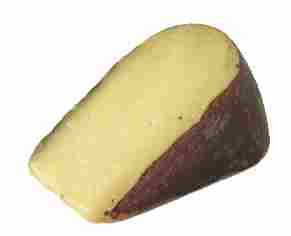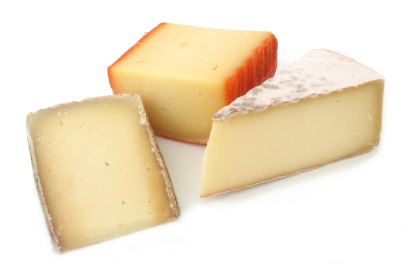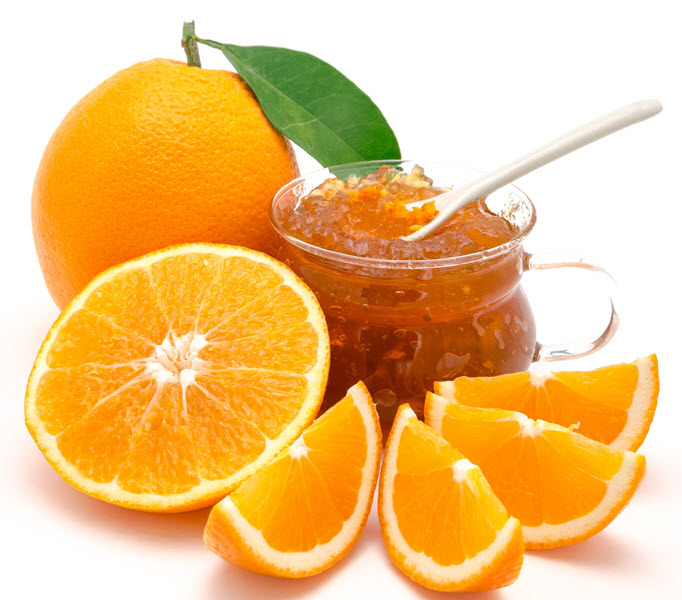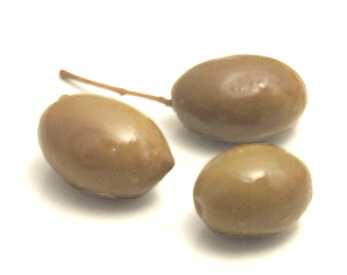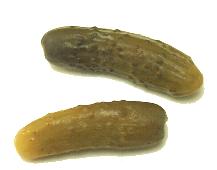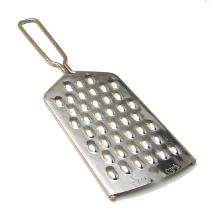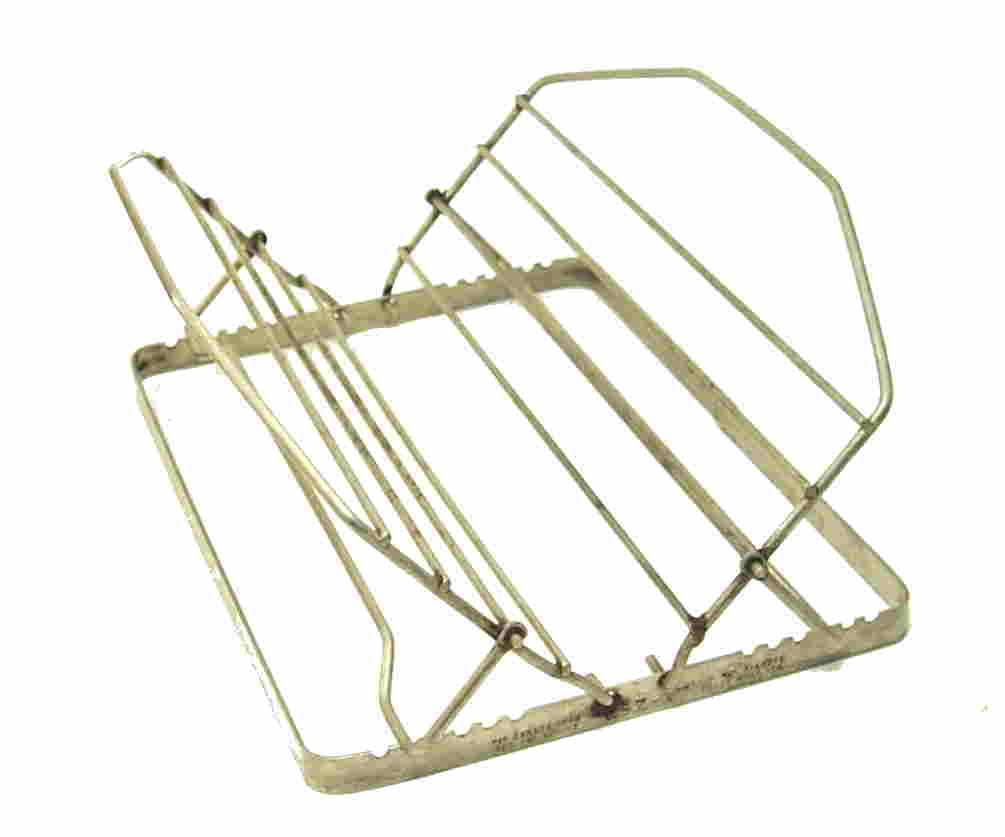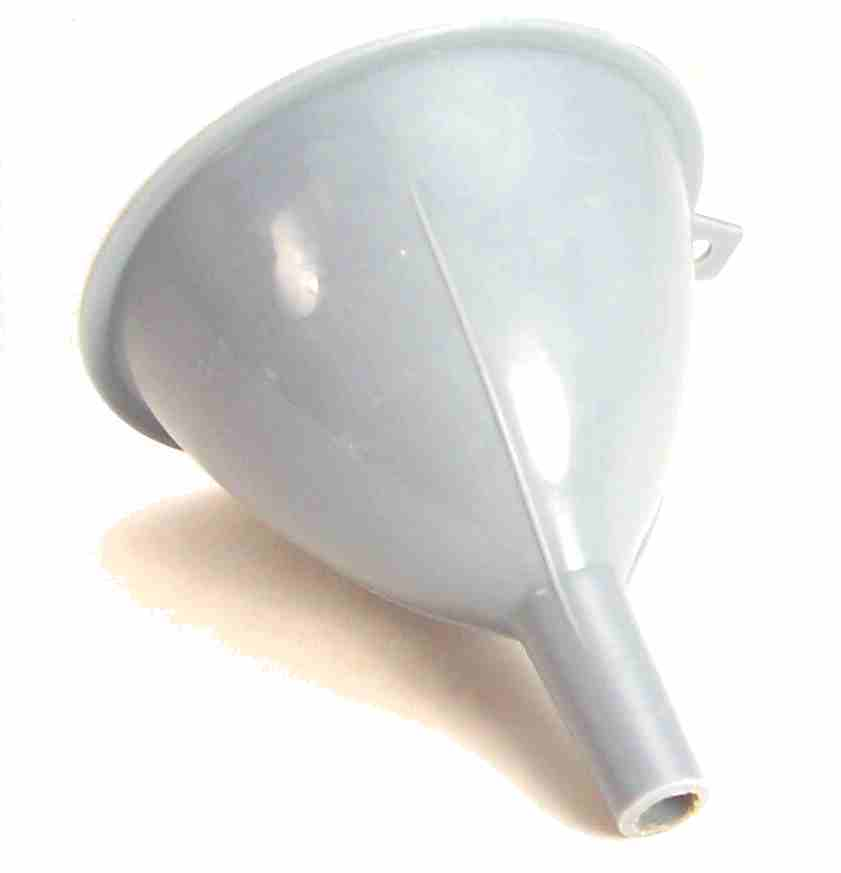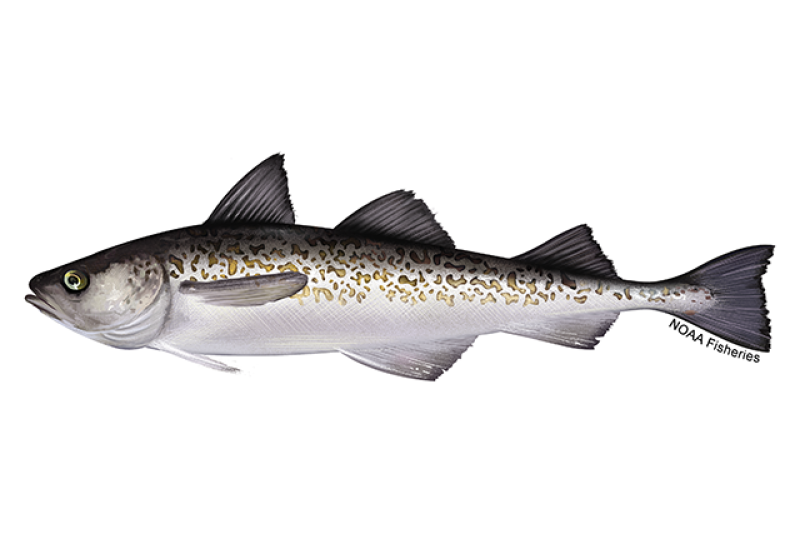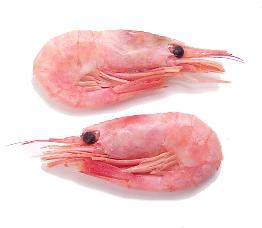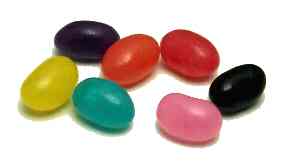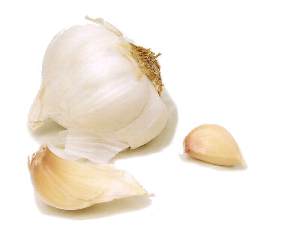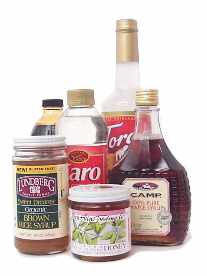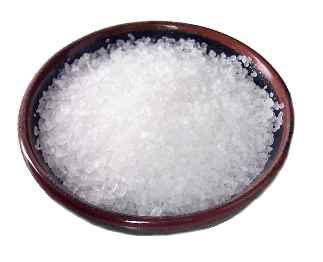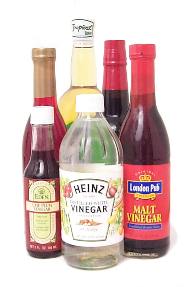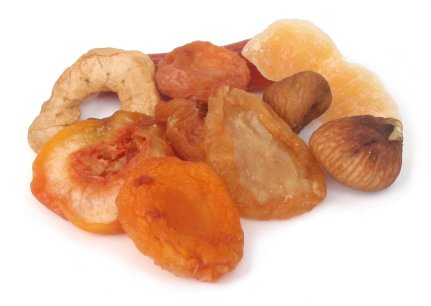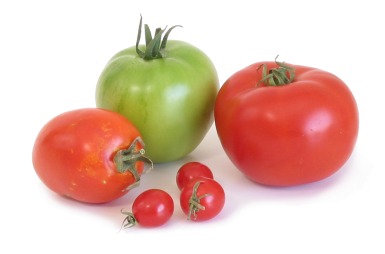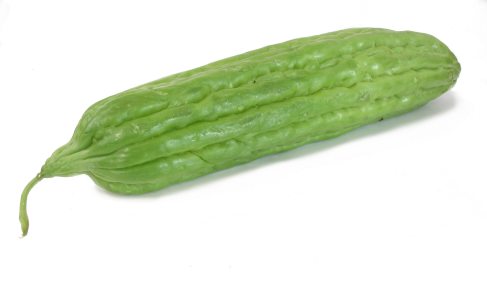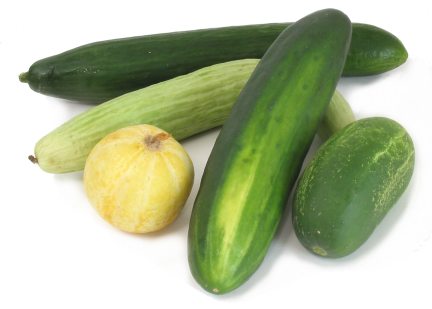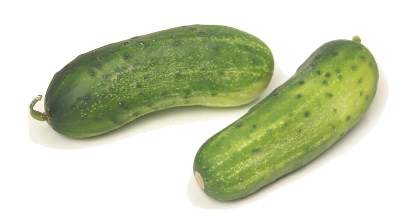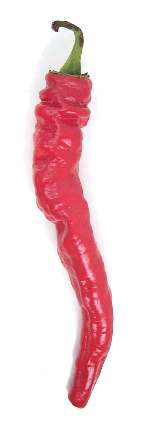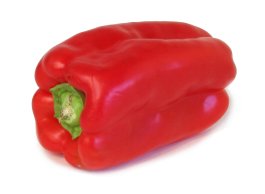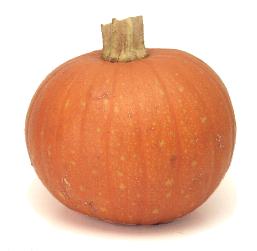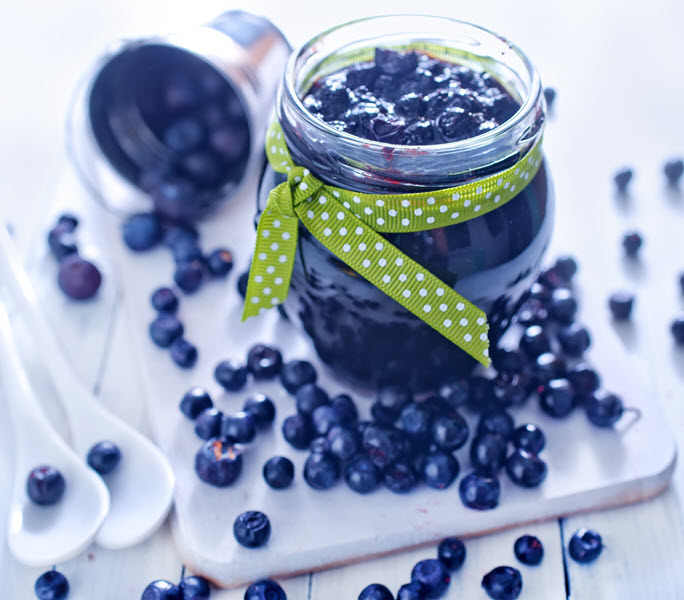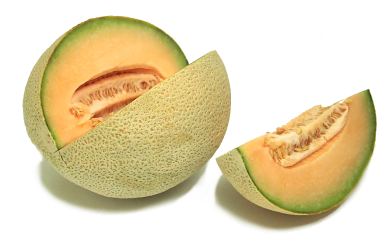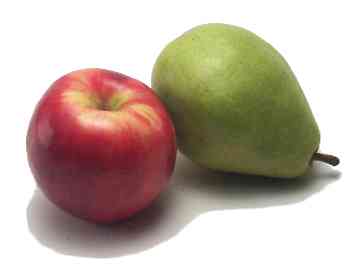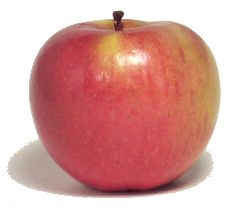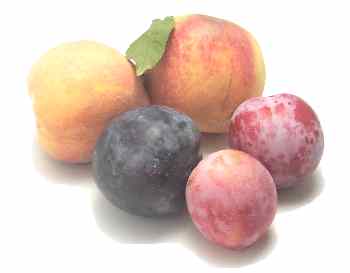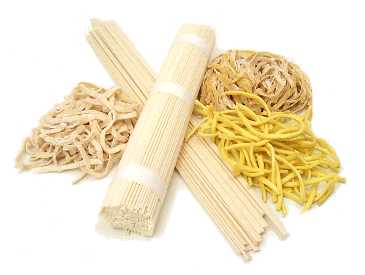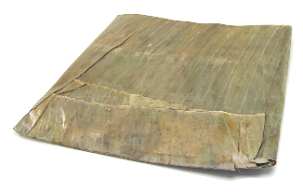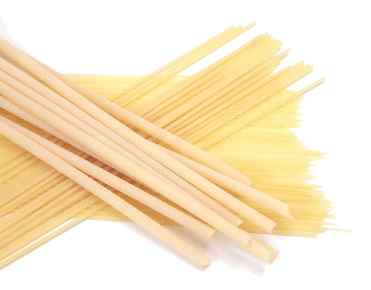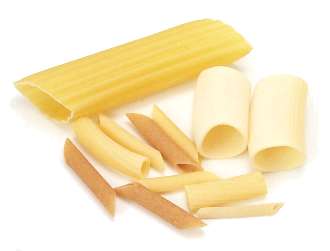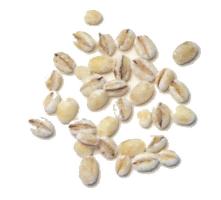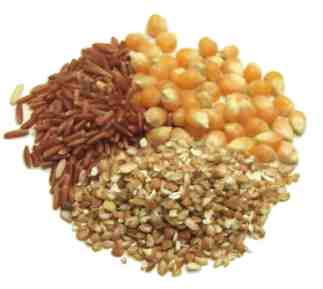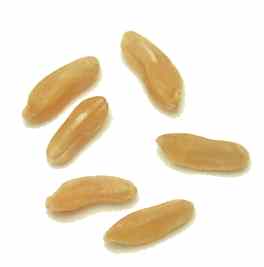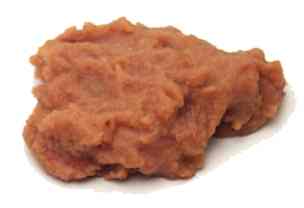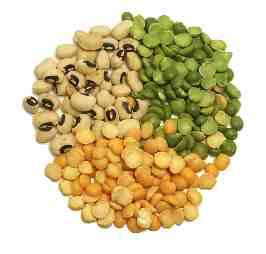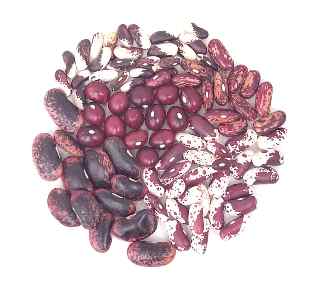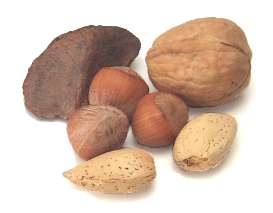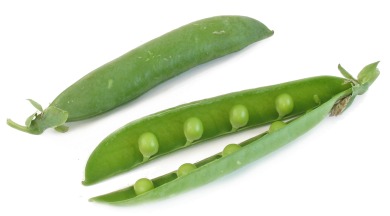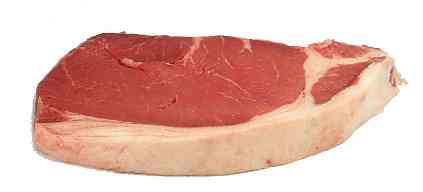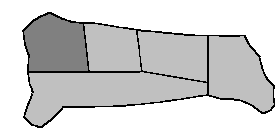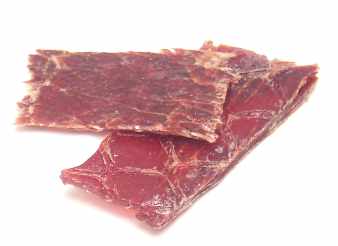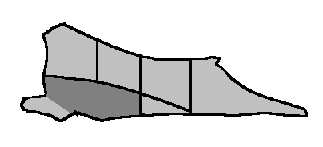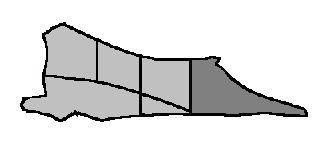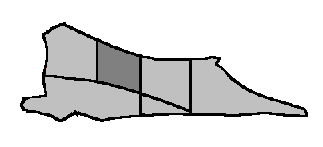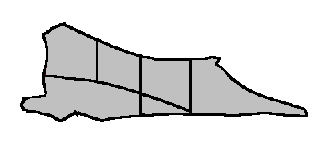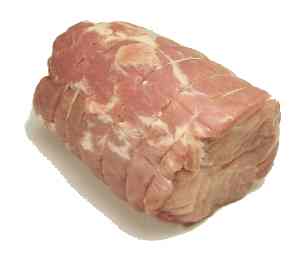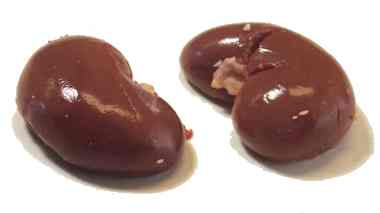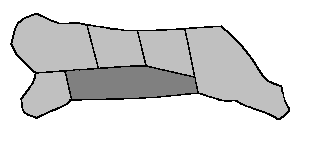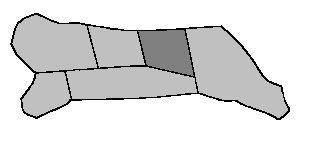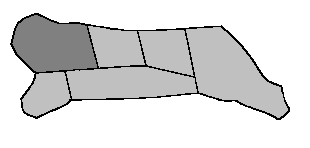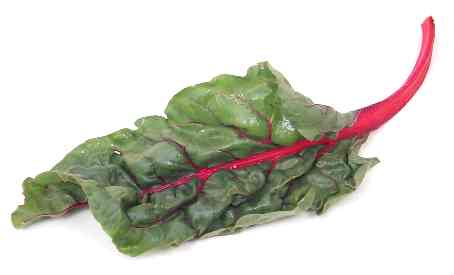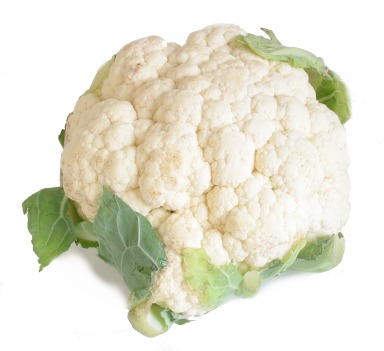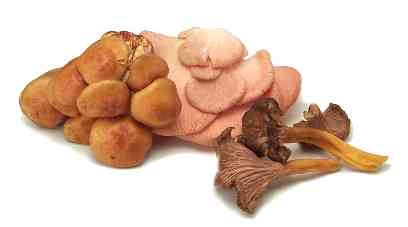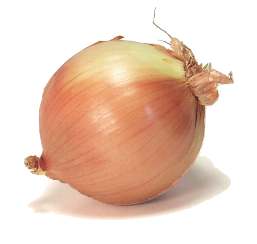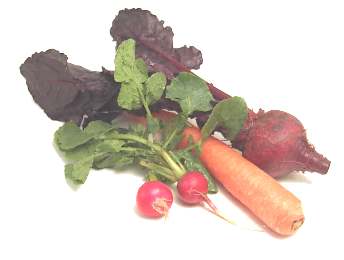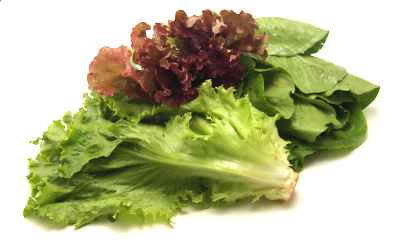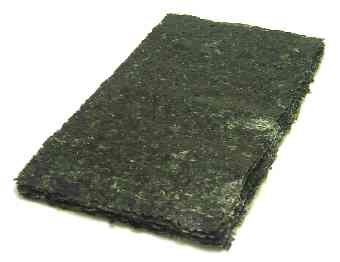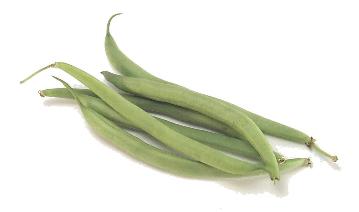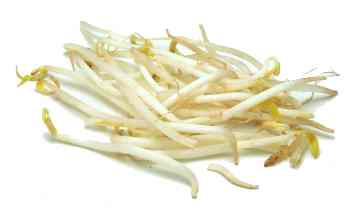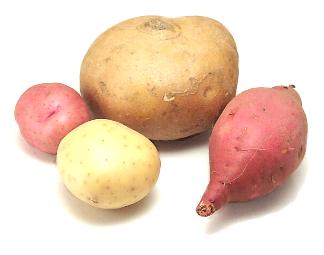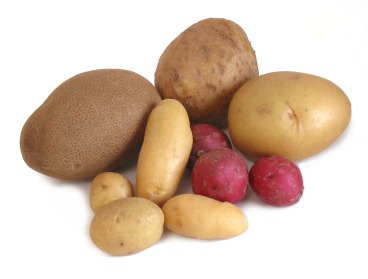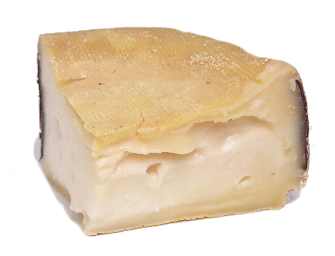Dairy Category

This category includes milk and cream, cheese, eggs, and cultured milk products, like yogurt, buttermilk, and sour cream.
ricotta salata
This mild sheep's milk cheese is used more for cooking than snacking. It's great in salads or in pasta dishes. Look for it in Italian markets.
Learn morerobiola
Two distinctly different cheeses go by the name robiola: Robiola Piemonte is a fresh cheese that's often used on pizza, while robiola Lombardia is an aged, tan-colored soft cheese used for snacking. They are made from mixture of cow, sheep and goat’s milk.
Learn morerobiola Lombardia cheese
Robiola Lombardia is an aged, tan-colored soft cheese used for snacking. It is made from mixture of cow, sheep and goat’s milk.
Learn morerobiola Piemonte
This creamy fresh cheese from the Piedmond region of Italy. It is made from mixture of cow, sheep and goat’s milk. It is often used for cooking, and it's great on pizza. It's also served as an antipasto along with olive oil and/or fresh herbs. Piedmont robiolas include Langhe Robiola = Robiola delle Langhe, Robiola di Roccaverano, Robiola di Murazzano, and Robiolina di Bosconero. These cheeses are hard to find in the U.S. Don't confuse this with robiola Lombardia, a soft cheese.
Learn moreRomano
Romano is similar to Parmesan and Asiago, only it has a nuttier, sharper, and saltier flavor. Pecorino Romano is made from sheep's milk, Caprino Romano from goat's milk, and Vacchino Romano from cow's milk. It's often grated onto pizzas and pasta dishes to add flavor. Pecorino Romano is made from sheep's milk, Caprino Romano from goat's milk, and Vacchino Romano from cow's milk. Domestic Romanos aren't as well-regarded as Italian Romanos.
Learn moreRoquefort
This French sheep's milk cheese is considered to be one of the finest of the blue cheeses. Some Roquefort cheeses can be frozen successfully, others become crumbly (but still usable in salads). For best results, first cut the cheese into small (1/2 pound) chunks, and wrap each chunk in an airtight package. Thaw in the refrigerator, and use the cheese soon after it's thawed.
Learn moreSaga blue
This well-regarded Danish blue cheese is soft, rich, and creamy. It is usually made with cow’s milk but can be made from sheep or goat milk. It's mild enough to be served to unadventurous guests, yet pungent enough to be interesting. .
Learn moreSaint André cheese
It is a rich triple cream cow's milk cheese. Use within a few days after purchasing. For best flavor, serve at room temperature.
Learn moreSaint Marcellin cheese
A young version of this French cow's milk cheese is so runny it's sold in small pots; a more aged version is wrapped in leaves. Both are rich and exquisite on French bread. This was originally made from goat's milk.
Learn moreSamsoe
This versatile Danish semi-soft cow's milk cheese is mild and nutty. It is similar to Emmentaler.
Learn moreSapsago
This Swiss cow's milk grating cheese is colored and flavored by a clover-like herb. It's hard to find, but many seek it out as a low-fat substitute for Parmesan and Romano.
Learn morescamorza
This cow's milk cheese is similar to mozzarella or pasta filata, only smaller and firmer. It's often smoked.
Learn moreSchloss
This Austrian cow's milk cheese is a marvelous choice for people who like strong "stinky" cheeses. It's good with beer, but it would overpower most wines.
Learn moresheep's milk cheese
Sheep's milk is higher in fat than cow's milk, so these cheeses are rich and creamy. Like goat cheeses, they're also a bit tangy. Examples include Pecorino Romano (pecora is the Italian word for sheep), Roquefort, Manchego, Idiazábal, and Manouri.
Learn moreShropshire blue cheese
This crumbly British cow's milk blue cheese is very similar to Stilton, but it's dyed a yellowish orange.
Learn moresmetana
This is very hard to find in the United States, but some Eastern European markets carry it.
Learn moresoft-ripened cheese
The rinds of these cheeses are exposed to mold, which moves into the pâte as they ripen. As they do, they become softer and maybe even slightly runny. It's important to eat soft-ripened cheeses when they're perfectly ripe--if under-ripe, they're pasty and bland, if overripe, they become runny and ammoniated. To fully appreciate their subtle and complex flavors, be sure to bring them to room temperature before serving them. These are great table cheeses, and they're often served with bread, crackers, or fruit. They're not usually cooked. Most are covered with a felt-like white mold which is edible, but not to everyone's taste. This category includes Brie, Camembert, Toma, Coulommiers, Chaource, and Brillat-Savarin.
Learn moreStilton cheese
This is perhaps the most highly regarded of all the cow's milk blue cheeses. Made in England, it's firmer and milder than Roquefort or Gorgonzola. It's excellent with pears. Don't eat the rind.
Learn moreStracchino
This soft Italian cow's milk cheese is mild and spreadable. It's great on pizza. Use within a few days after purchasing and, for best flavor, serve at room temperature.
Learn moreSwiss cheese
This popular cow's milk cheese is an American knock-off of Switzerland's Emmentaler cheese. This difference is that our domestic version usually has smaller eyes (making it easier to slice) and is made from pasteurized milk. Emmentaler has a richer, nuttier flavor.
Learn moreTaleggio
This creamy Italian cow's milk cheese is one of the better stinky cheeses--not too tame, not too wild. It's great on crackers or bread, but it's also a good melting cheese and works well in casseroles and even on pizza. The rind is edible, but not to everyone's liking.
Learn moreTomme Crayeuse cheese
This soft French cow's milk cheese is rich and buttery. Don't eat the rind.
Learn moreTomme de Savoie cheese
This is a mild and pleasant French cow's milk cheese that's semi-soft when young, firmer when aged.
Learn moreTzfati
This milk Israeli cheese was produced originally from sheep's milk. But now may also be made from cow's milk, goat's milk or water buffalo milk.
Learn moreUrgelia cheese
This creamy Spanish cheese is a member of the washed rind (a.k.a. stinky) cheese family, but it's mild and subtle.
Learn moreVacherin
This is a cheese-lover's cheese, with a complex nutty flavor. It's a good melting cheese that's often used to make fondues. Try heating it a bit and serving it with crusty French bread.
Learn moreVacherin Fribourgeois
Vecherin Fribourgeois is a swiss cow's milk cheese often made from raw milk.
Learn moreValdeon
This Spanish blue cheese is pungent enough to be interesting without being overpowering. It is usually made with cow’s milk but can be made from mixture of cow, sheep and goat milk. It's a good snacking cheese for adventurous guests.
Learn more


